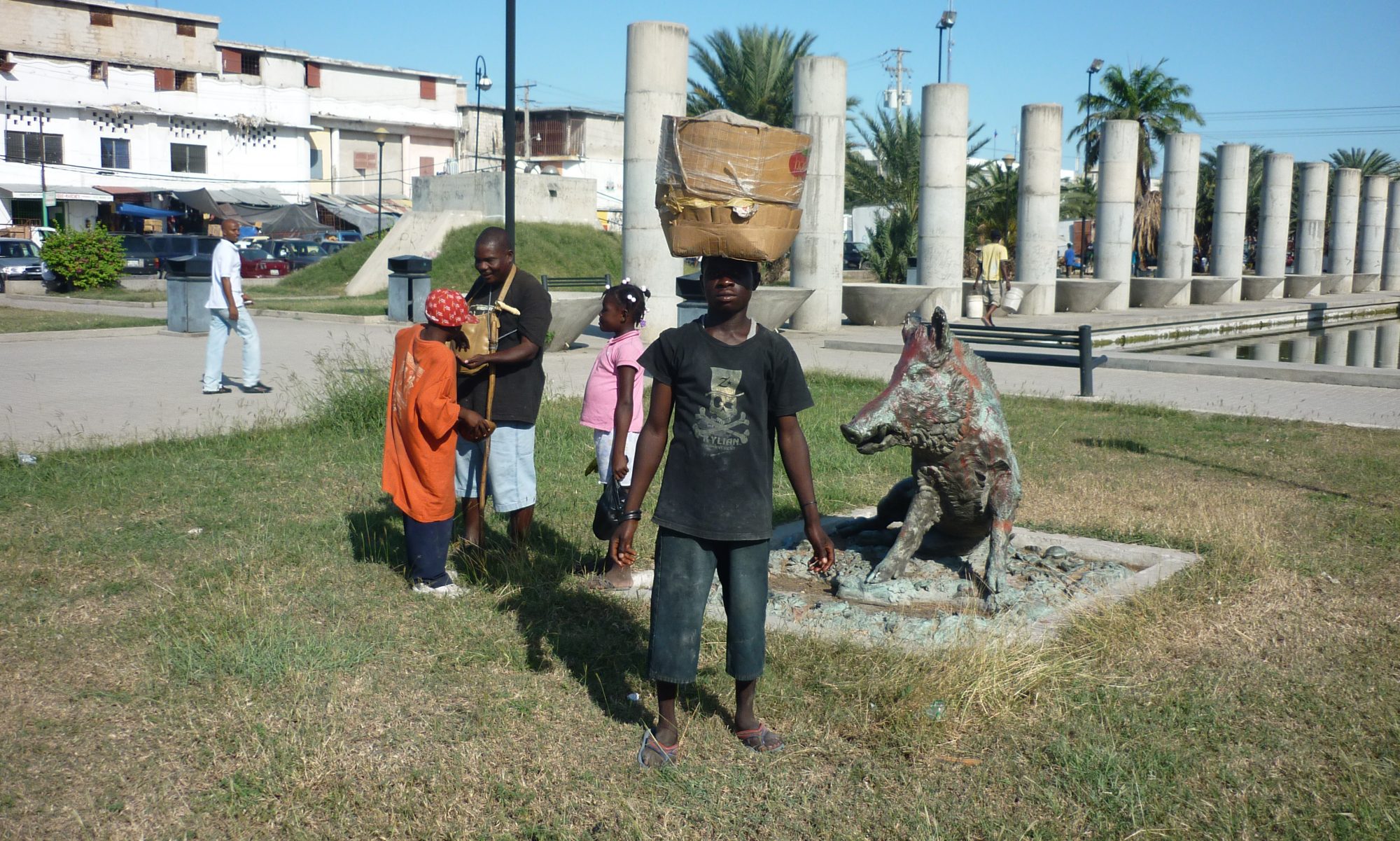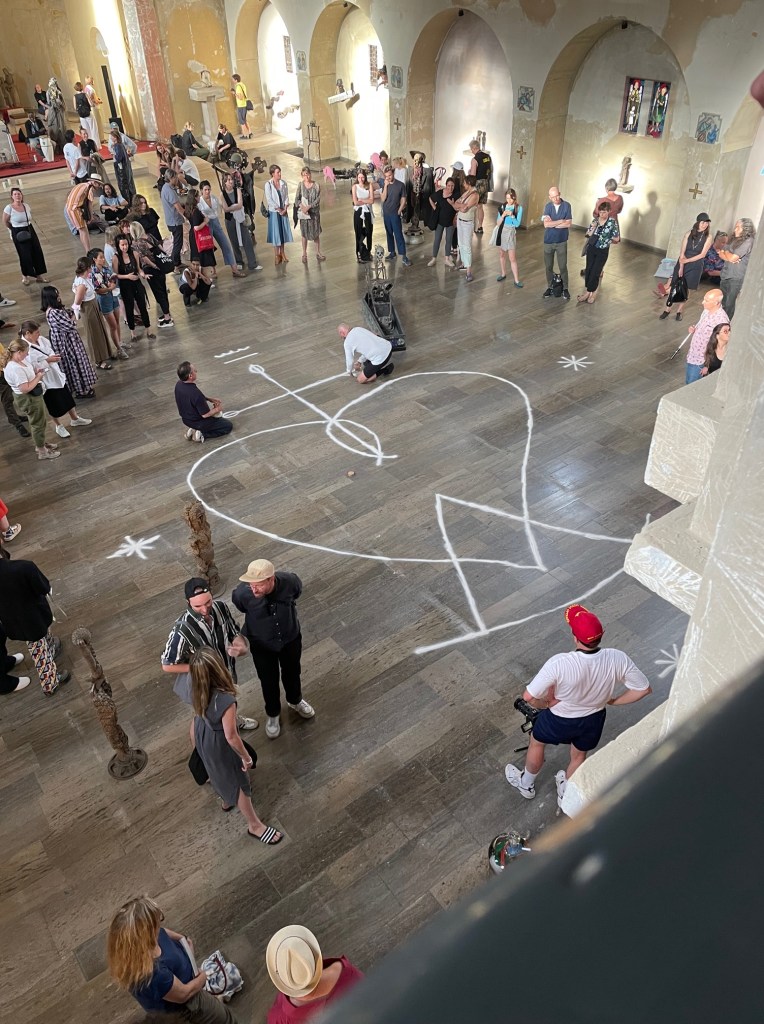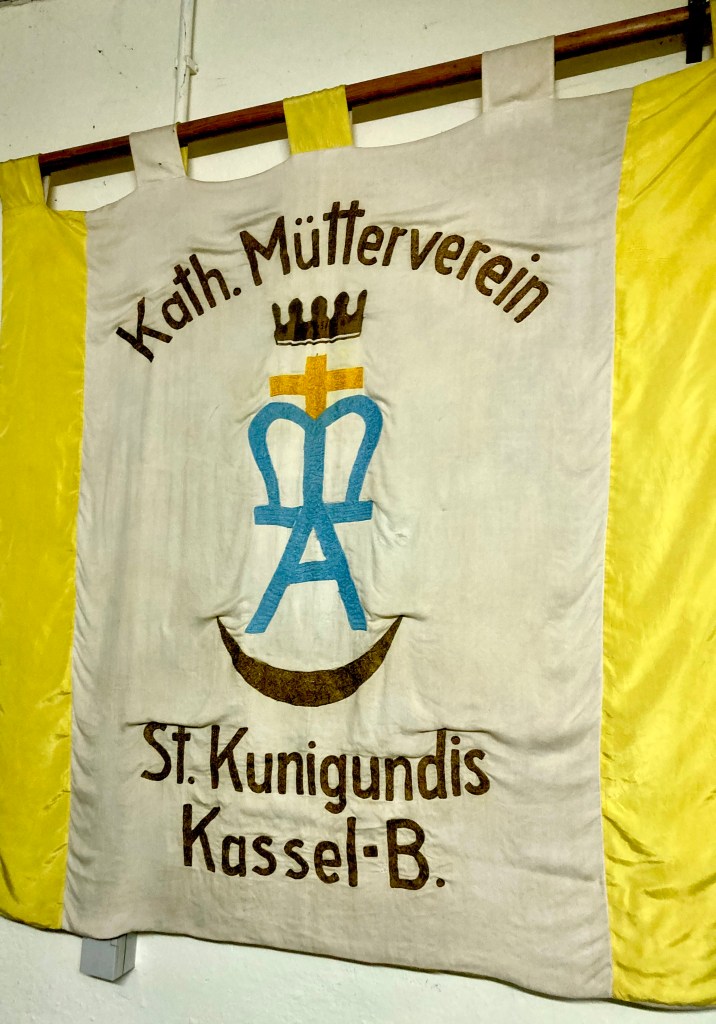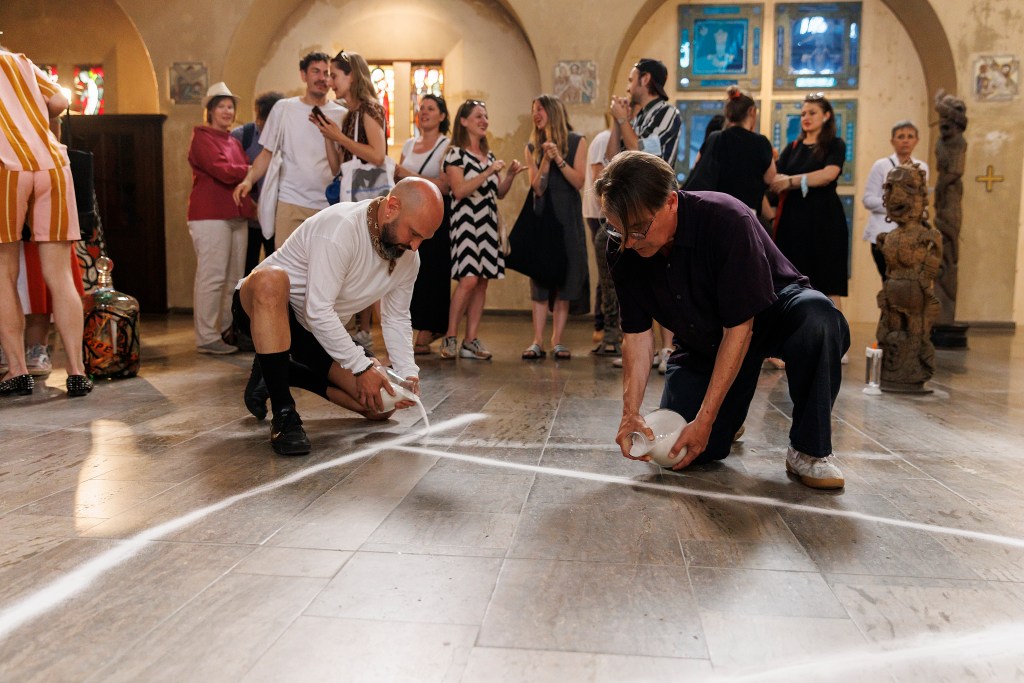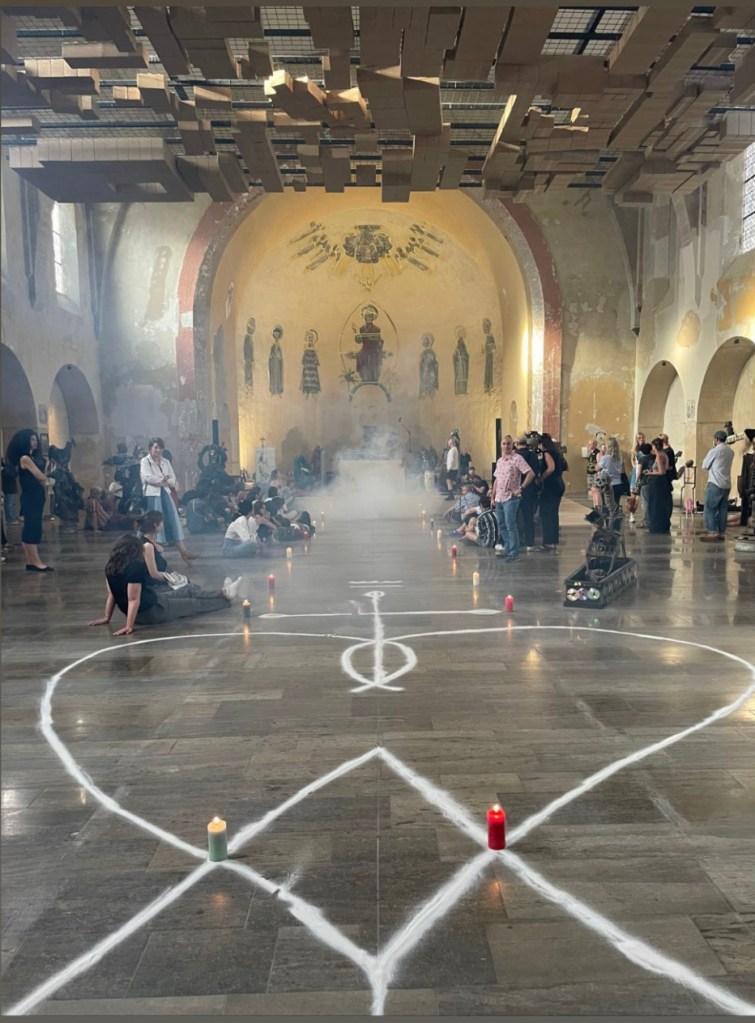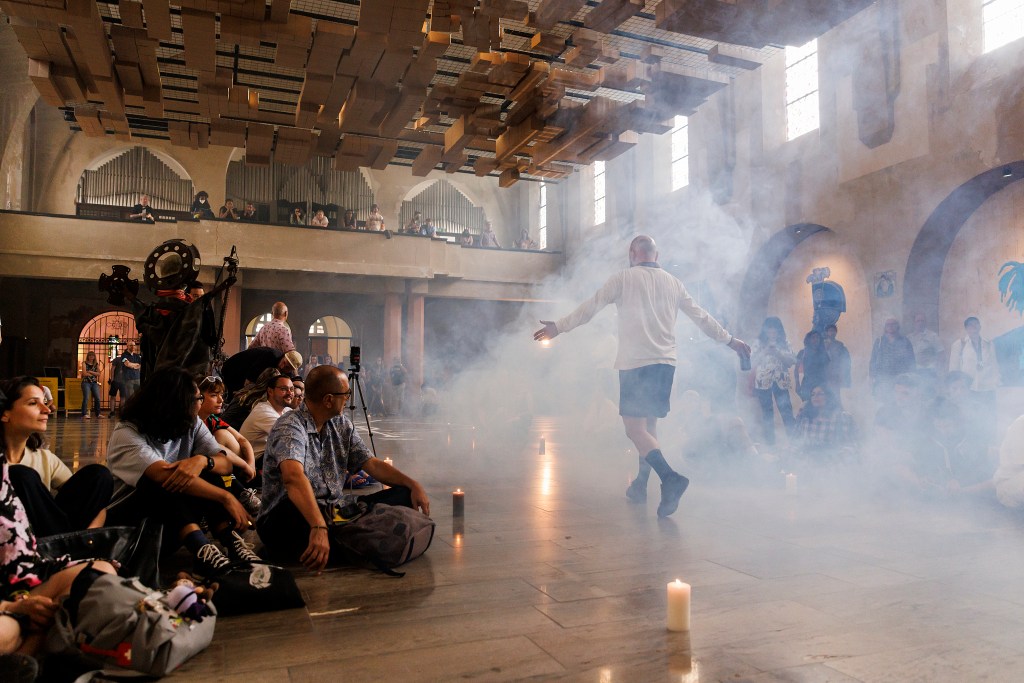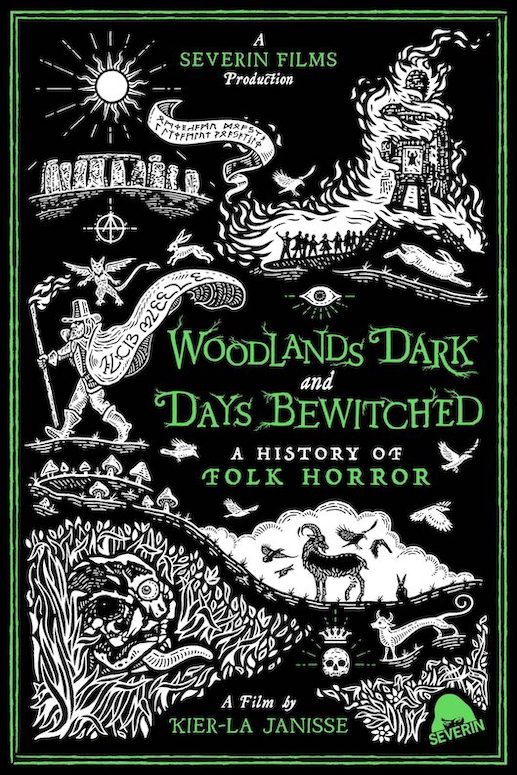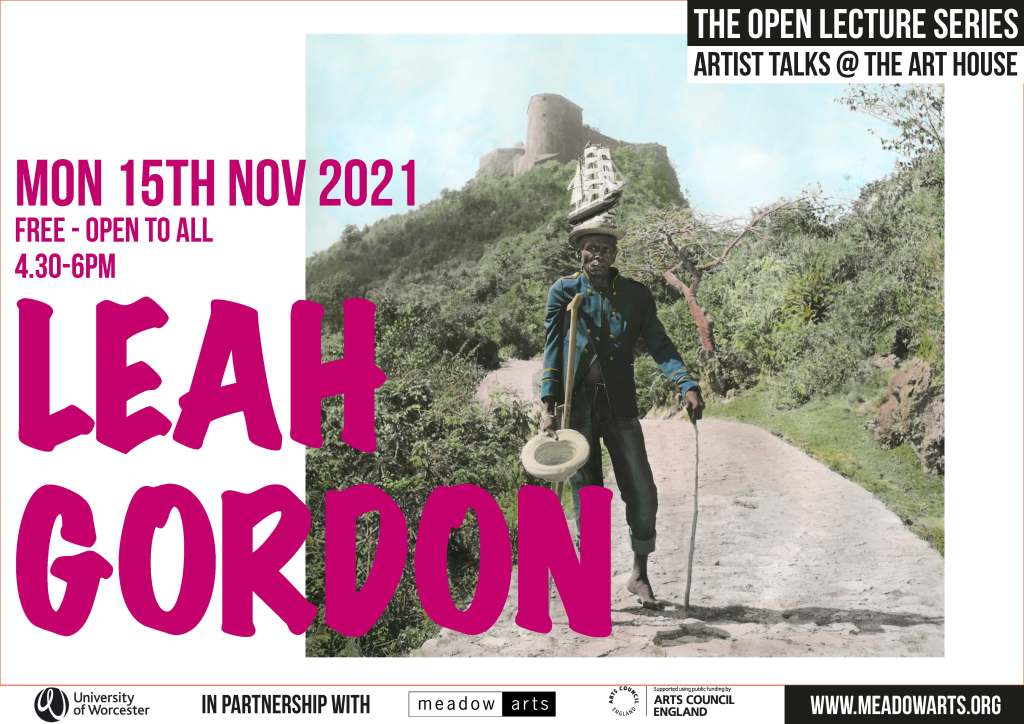Below is an edited transcript of a talk I gave at the first DRUGG (Diagram Research, Use and Generation Group) gathering at University College London on July 14th and 15th 2012.
Introduction
Diagrams play a fundamental role in the art of teaching, helping people do and understand things in ways that differ from and complement other teaching methods. Diagrams can be defined as visualisations of non-apparent systems, concepts, relationships, processes and ideas. They help students to recognise and understand parallels and structural correlations between things in the world; their constitutive natures; their internal structures; relationships; the systems of which they form a part; the processes they are involved with; their own physicality and subjectivity; the coming-into-being of all of these through time and space; and theoretical explanations for these becomings.
As visual and drawn objects with a pedagogical function, one might expect diagrams and diagramming to be established institutional objects and practices in art and design education. This is however rarely the case. Although diagrams and diagramming are often used in lectures, as tutorial aids and in student notebooks, they are seldom addressed in art education on their own terms. Having taught art theory and academic writing to art and design students for many years now, I have found them increasingly useful as teaching tools, particularly for helping students see and understand relationships between philosophical concepts, art theory, art making, thinking and writing.
Later I will try to construct a practical, systematic schematisation of diagrams. But for now I will simply include ‘diagrams’, ‘analogies’, ‘allegories’, ‘maps’, ‘plans’ ‘models’, ‘schema’, ‘pictograms’ and ‘technical illustrations’ in the category of things we might conveniently describe as diagrammatic. Generally they all combine, in an ostensibly unitary form, words, pictures, lines, figures, shapes, numerals, forms, axis, grids and tables. The diagrammatic in this sense is can be characterised by the following attributes: (1) graphic visualisation, (2) an economy of graphic means that minimise extraneous information (3) a high-level of representational and conceptual abstraction, (4) the representation of non-apparent systems and relations and (5) a generally didactic purpose. Later we will see that some of the key philosophers concerned with the diagrammatic depart significantly from this signifying, purposive and didactic schematisation.
Continue reading “DIAGRAM AS THINKING MACHINE/ART AS METAPRACTICE”